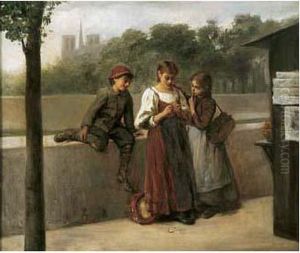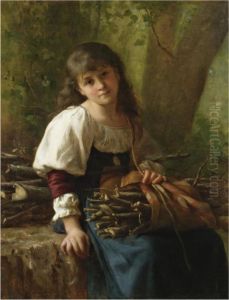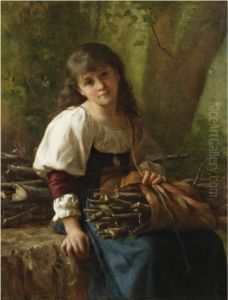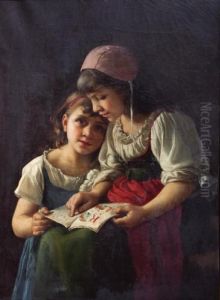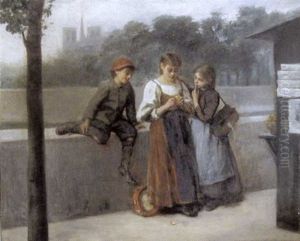Esperance Langlois Paintings
Esperance Langlois was a French artist born in 1796 in Pithiviers, France. She was known for her skills in miniature painting, a popular art form during the late 18th and early 19th centuries, which involved painting small, finely detailed portraits or scenes. Langlois was also proficient in other mediums such as drawing and lithography, and she often depicted subjects from literature and history in her works.
Esperance Langlois was trained by her father, who was an artist himself, and she benefited from a period when women were beginning to be more accepted in the art world, although they still faced significant barriers compared to their male counterparts. She exhibited her work at the prestigious Paris Salon, the official art exhibition of the Académie des Beaux-Arts in Paris, which was a significant achievement for a woman artist at the time.
Langlois's work was well-received, and she gained recognition for the delicacy and detail of her miniatures. Her reputation was such that she was commissioned to create portrait miniatures for members of the French aristocracy and other notable figures of the time. Despite the challenges she faced as a woman in a male-dominated field, Langlois managed to carve out a successful career for herself.
Esperance Langlois died in 1860, leaving behind a legacy as a skilled miniaturist and an example of women's growing presence in the arts during the 19th century. Her works continue to be studied and appreciated for their contribution to the miniature painting tradition.
